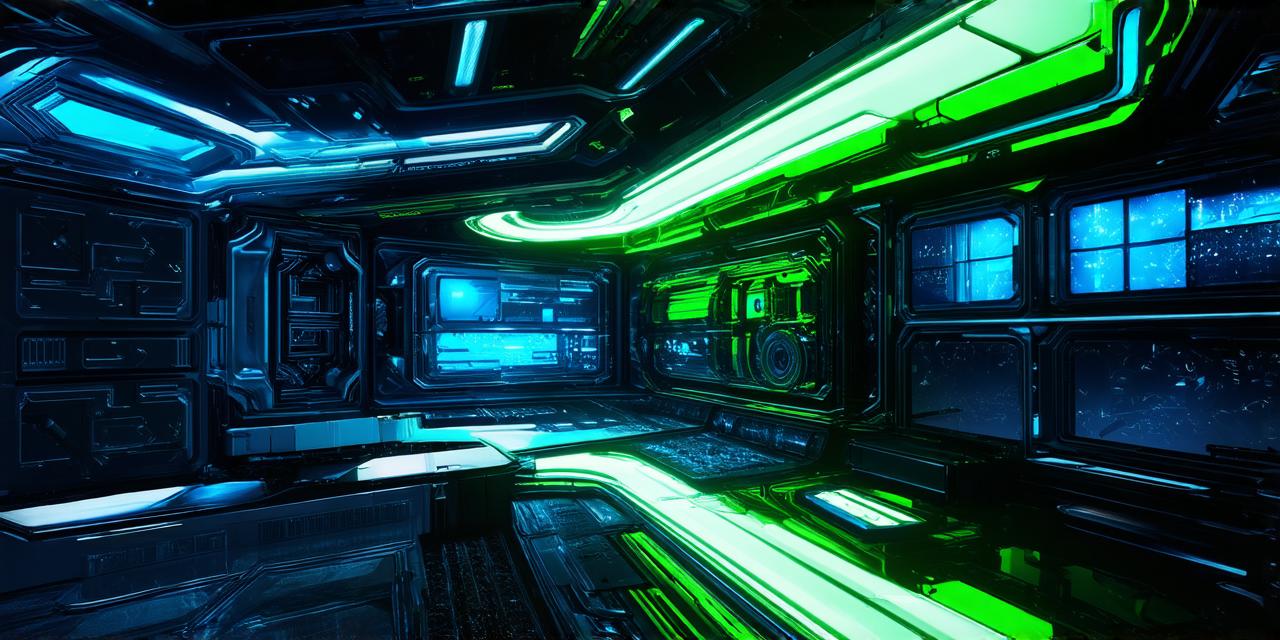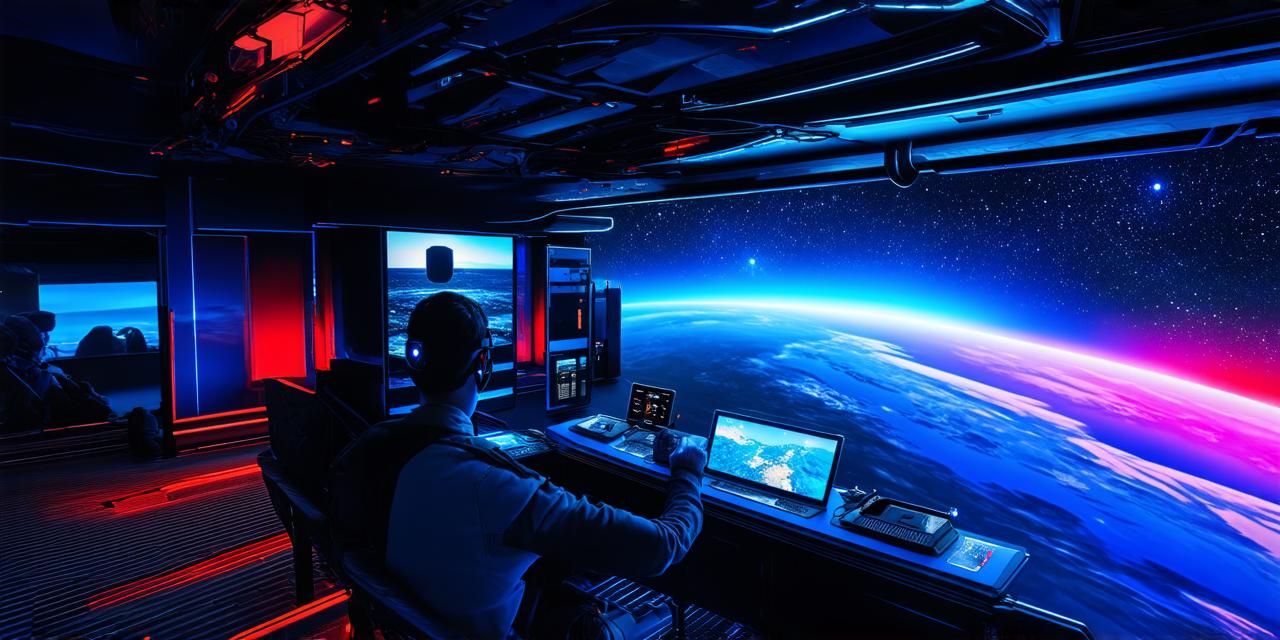Step 1: Choose a Calibration Method
Mixed reality (MR) is a technology that combines virtual objects with the real world, allowing users to interact with both environments simultaneously. Calibration is an important step in setting up MR systems, as it ensures that the virtual objects are correctly aligned and positioned in the real world. In this guide, we will provide a step-by-step process for calibrating mixed reality systems.
There are several methods available for calibrating MR systems, including:
- Manual calibration: This method involves manually adjusting the position and orientation of virtual objects in the real world using a tracking device or other input device.
- Automatic calibration: This method uses algorithms to automatically detect and correct errors in the tracking data.
- Hybrid calibration: This method combines manual and automatic calibration techniques to achieve the best results.
Step 2: Set Up the Tracking Devices
Before beginning the calibration process, it is important to ensure that the tracking devices are properly set up and configured. This may involve attaching the devices to the appropriate surfaces, adjusting their sensitivity settings, or configuring them to work with specific software or hardware.
Step 3: Collect Calibration Data
The next step in calibrating an MR system is to collect calibration data. This data can be collected using a variety of methods, depending on the type of tracking device being used. For example, if using optical tracking, this may involve capturing images of the real world and the virtual objects within it. If using ultrasonic or inertial tracking, this may involve capturing sensor data from the devices.
Step 4: Analyze the Calibration Data
Once calibration data has been collected, it must be analyzed to identify any errors or discrepancies between the virtual objects and the real world. This analysis can be done manually or using specialized software that is designed to detect and correct tracking errors.
Step 5: Correct Tracking Errors
If any errors are identified in the calibration data, they must be corrected in order to achieve accurate tracking. This may involve adjusting the position and orientation of virtual objects, or making other changes to the MR system configuration.
Step 6: Test the MR System
After the calibration process is complete, it is important to test the MR system to ensure that it is working correctly. This may involve running a series of tests that simulate real-world scenarios and verifying that the virtual objects are accurately tracked and displayed in the real world.
Step 7: Monitor and Maintain the MR System
Finally, it is important to monitor and maintain the MR system over time to ensure that it continues to function correctly. This may involve periodically re-calibrating the system, updating software or hardware components, and making other adjustments as needed.
Conclusion
Calibration is a critical step in setting up mixed reality systems, as it ensures that virtual objects are accurately tracked and displayed in the real world. By following the steps outlined in this guide, you can successfully calibrate your MR system and achieve the best possible results.



